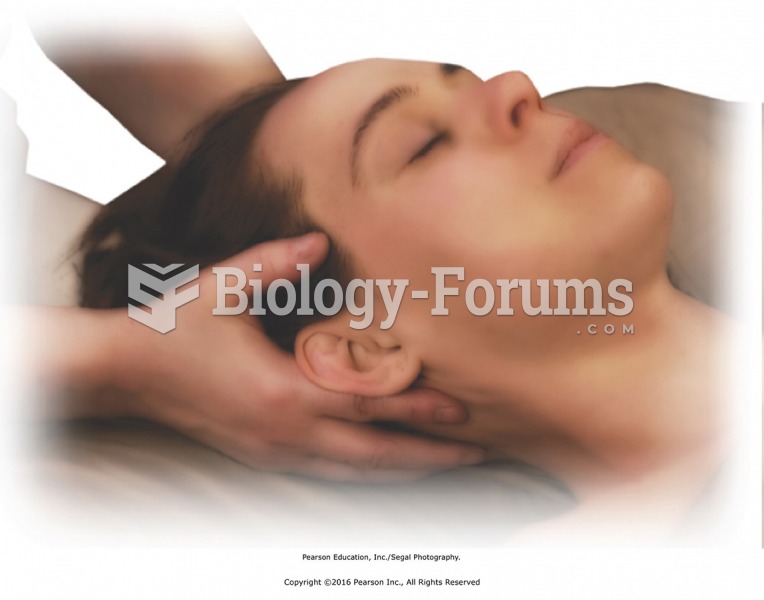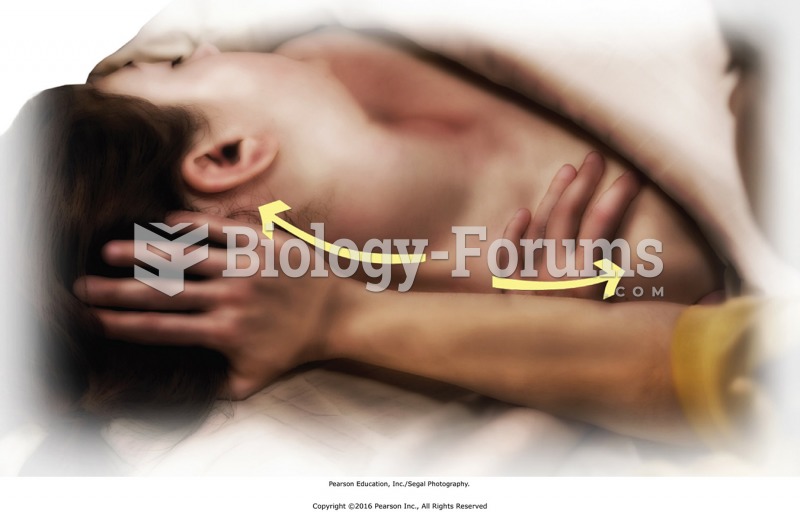|
|
|
People often find it difficult to accept the idea that bacteria can be beneficial and improve health. Lactic acid bacteria are good, and when eaten, these bacteria improve health and increase longevity. These bacteria included in foods such as yogurt.
By definition, when a medication is administered intravenously, its bioavailability is 100%.
Hypertension is a silent killer because it is deadly and has no significant early symptoms. The danger from hypertension is the extra load on the heart, which can lead to hypertensive heart disease and kidney damage. This occurs without any major symptoms until the high blood pressure becomes extreme. Regular blood pressure checks are an important method of catching hypertension before it can kill you.
Eating food that has been cooked with poppy seeds may cause you to fail a drug screening test, because the seeds contain enough opiate alkaloids to register as a positive.
Astigmatism is the most common vision problem. It may accompany nearsightedness or farsightedness. It is usually caused by an irregularly shaped cornea, but sometimes it is the result of an irregularly shaped lens. Either type can be corrected by eyeglasses, contact lenses, or refractive surgery.
 Cradle the head to finish. Rest the head on the table. Place your fingers on the sides of the head ...
Cradle the head to finish. Rest the head on the table. Place your fingers on the sides of the head ...
 Gently stretch neck muscles. Apply stretches with head in neutral position, lateral flexion, and ...
Gently stretch neck muscles. Apply stretches with head in neutral position, lateral flexion, and ...
 Finish gently holding the head. Place palms of hands lightly over the ears for a few seconds. Slowly ...
Finish gently holding the head. Place palms of hands lightly over the ears for a few seconds. Slowly ...




